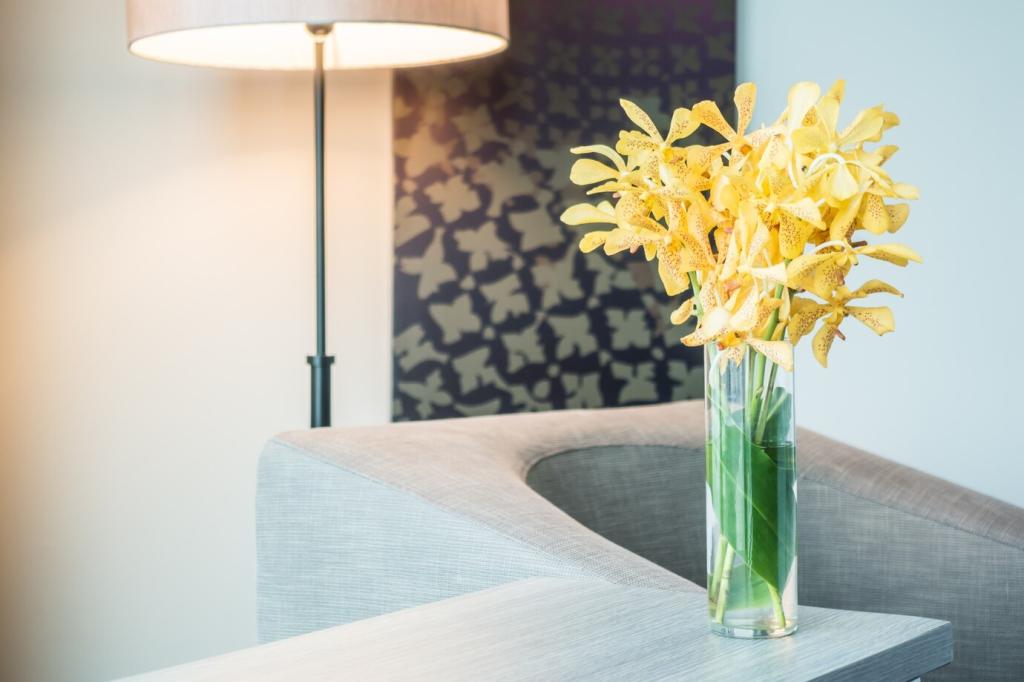
Modern Minimalist Home Decor
Modern minimalist home decor is an artful approach to creating serene, uncluttered living spaces that emphasize simplicity and functionality. This design philosophy merges clean lines, neutral color palettes, and thoughtful furnishings to craft environments that feel both modern and tranquil. By intentionally curating every element within a space, modern minimalism celebrates quality over quantity and brings a sense of calm and order into the home. Whether you are revamping a single room or reimagining your entire living area, embracing minimalist decor can elevate your space and inspire a new appreciation for the beauty of simplicity.
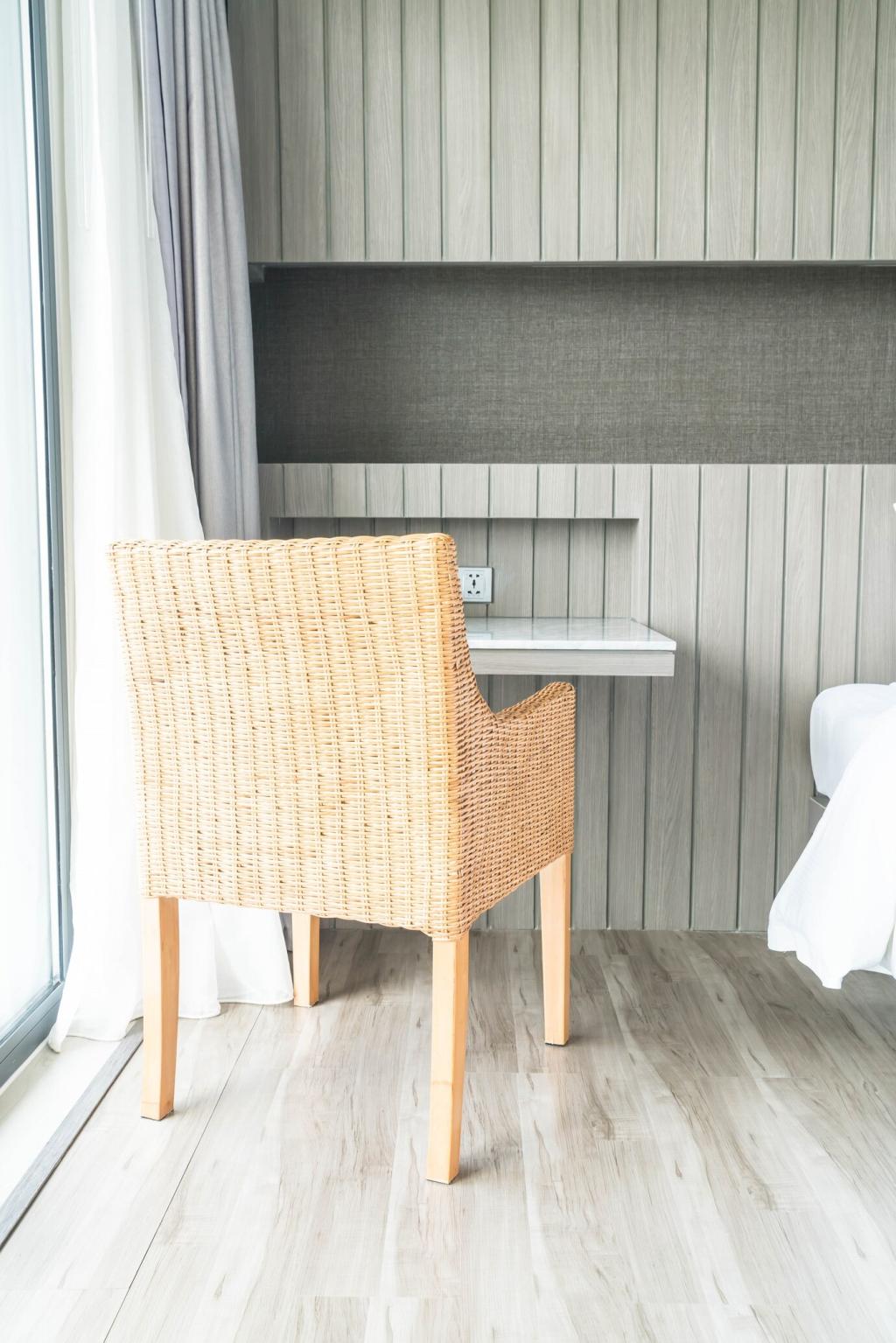
Function Over Ornamentation
In minimalist home decor, each piece is chosen for its functional value rather than its decorative appeal. Whether it’s a sleek, streamlined sofa or a versatile shelving system, furnishings are selected with purpose in mind. This focus on utility ensures that every object has a role, minimizing clutter and maximizing free space. The result is a more open, breathable home that promotes easier cleaning, better organization, and a clear mindset.
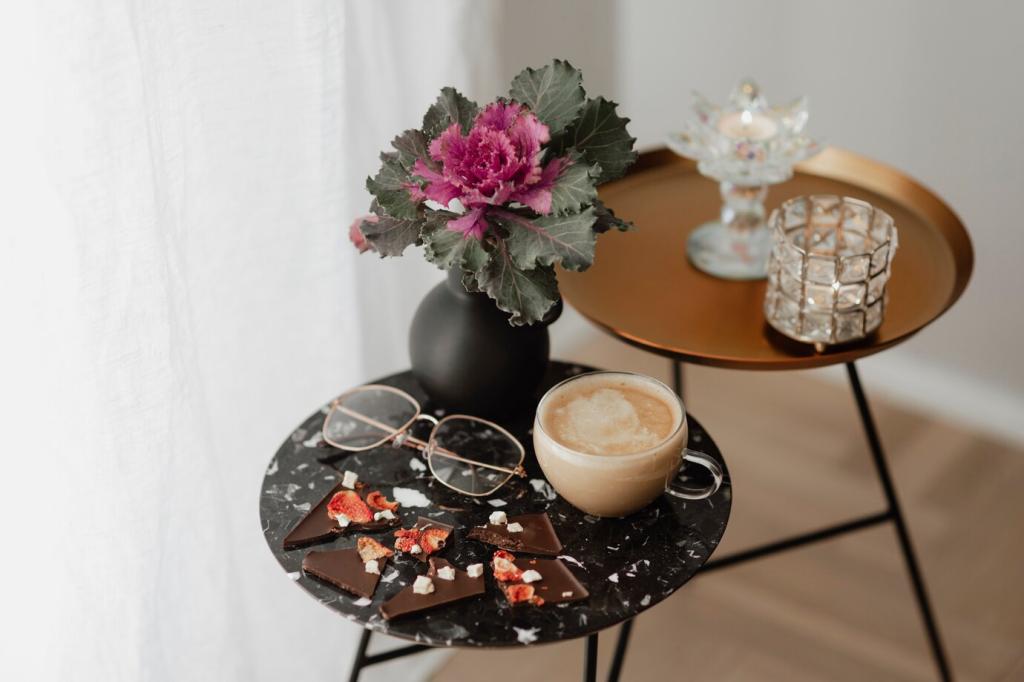
Neutral Color Palettes
Neutral color schemes are fundamental to minimalist interiors. Shades of white, beige, gray, and soft earth tones form the backdrop, creating a canvas that feels light, spacious, and timeless. By limiting the color palette, visual distractions are reduced, allowing architectural features and thoughtfully chosen decor elements to take center stage. Accents and textures introduced through materials like wood, concrete, or textiles can add subtle depth while maintaining the calm minimal mood.
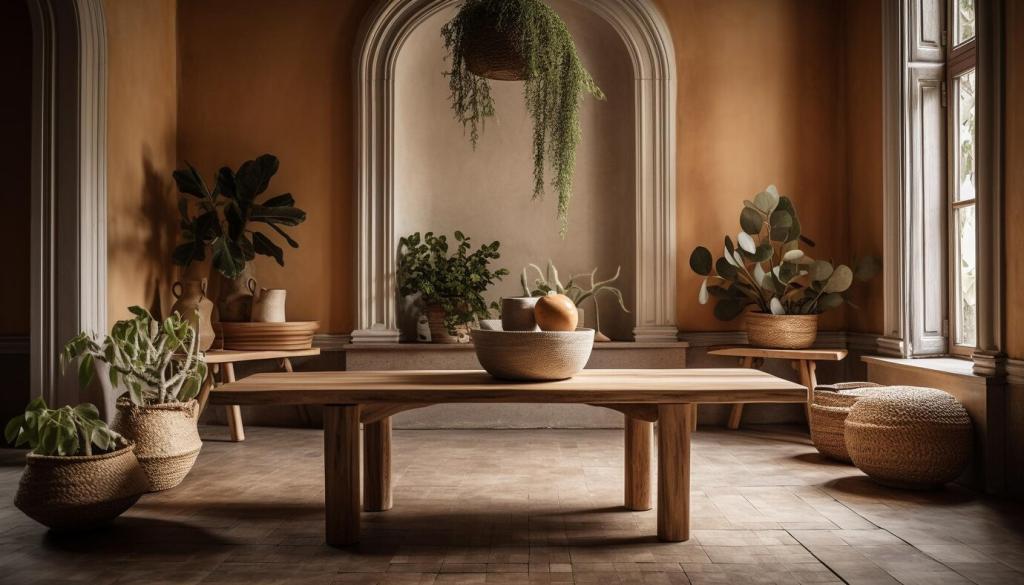
Decluttering for Clarity
Decluttering is an essential practice in cultivating minimalist spaces. By regularly editing the items in your home, you foster a sense of order and mental clarity. Minimalist decor isn’t achieved overnight; it evolves as you learn to let go of possessions that no longer serve a practical or aesthetic function. This ongoing process transforms your rooms into havens of tranquility and ensures that each item you keep is meaningful.
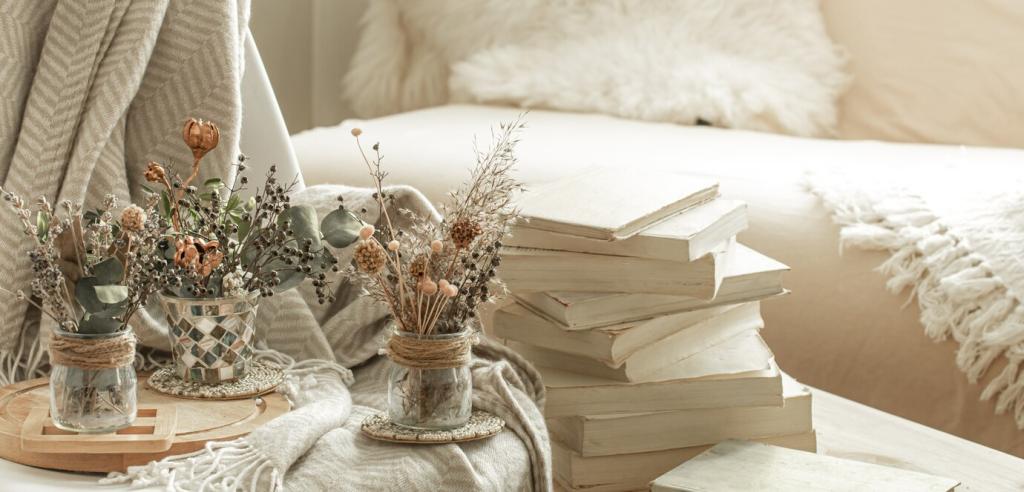
Maximizing Windows and Openings
One of the most effective strategies in minimalist homes is maximizing the use of windows, skylights, and glass doors. Unobstructed window spaces allow sunlight to flood in, minimizing the need for artificial lights during the day and blurring the lines between indoors and outdoors. Strategic window placement can even make compact rooms feel expansive by drawing the eye outward and showcasing uncluttered vistas beyond the walls.
Sheer and Simple Window Treatments
Modern minimalism calls for window treatments that are as understated as they are functional. Sheer curtains, light-filtering blinds, or even leaving windows bare can allow natural illumination to pour in freely. These treatments soften the look of a space without detracting from the overall sense of openness, and their subtle presence lets architectural features and furniture become focal points rather than heavy draperies.
Light as a Design Tool
Natural light does more than just brighten interiors; it acts as a design tool that creates dynamic shadows and highlights throughout the day. In minimalist decor, sunlight accentuates the interplay of textures and emphasizes negative space, shifting the visual mood from morning to evening. Designing with daylight in mind encourages an ever-changing, vibrant living space that feels alive, fresh, and perfectly attuned to the rhythm of daily life.
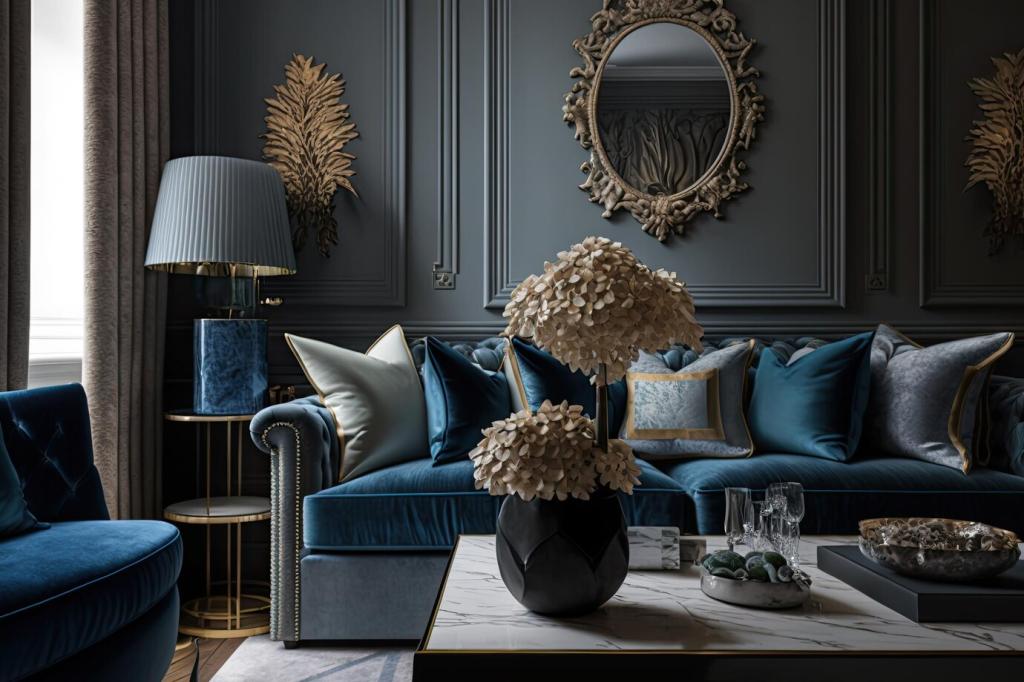
Furniture in minimalist spaces is distinguished by its clean lines and unadorned shapes. Sofas, chairs, and tables are often low-profile with subtle details, favoring geometric forms that add visual order and cohesion. These attributes not only align with the minimalist aesthetic but also create a sense of quiet sophistication, ensuring that the space feels welcoming without being overstated or visually chaotic.
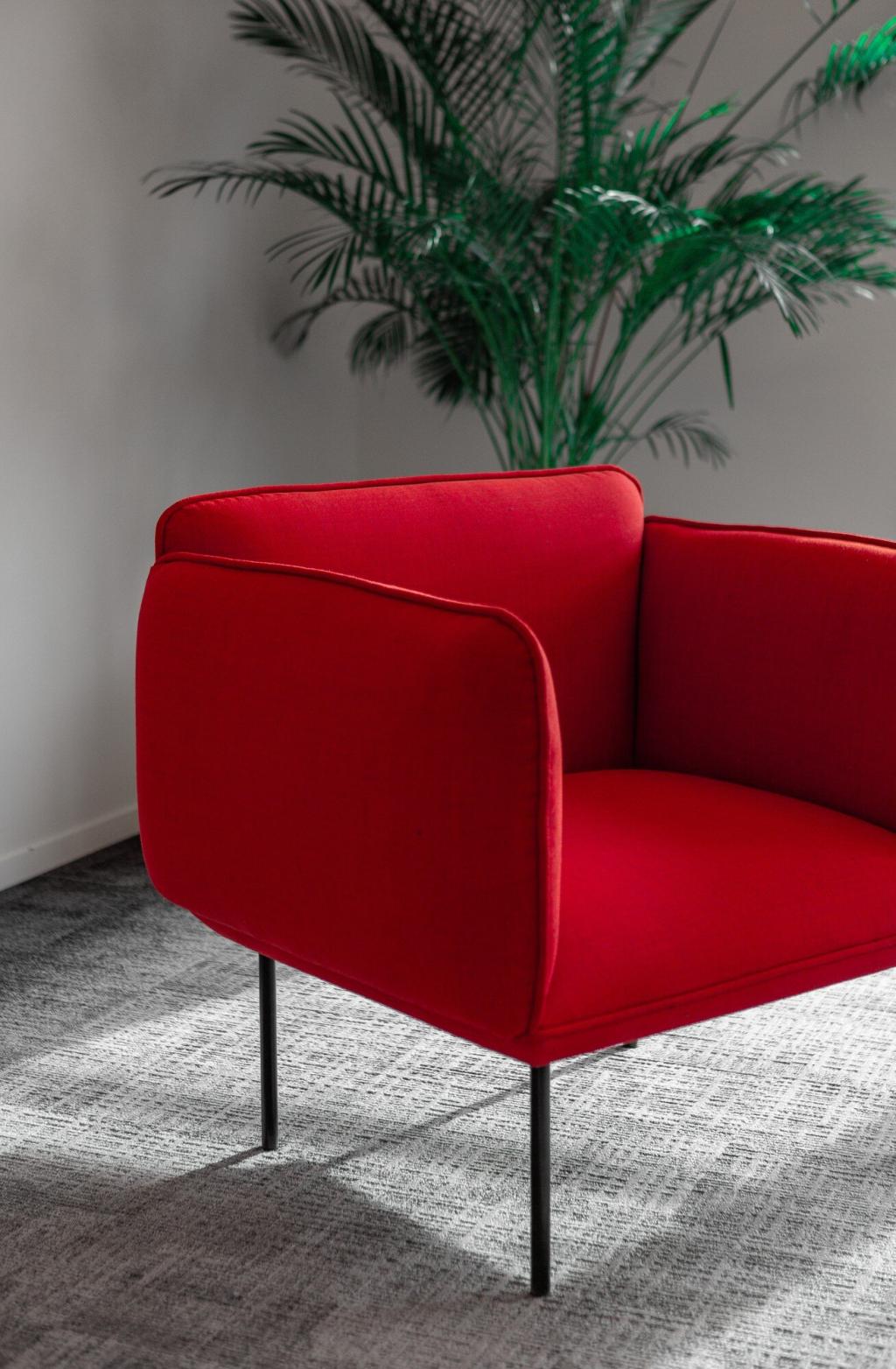
Minimalist principles champion the idea of investing in fewer, higher-quality pieces rather than amassing a large collection of disposable furnishings. Materials like solid wood, metal, and fine textiles offer durability and elegance, holding up to daily use while maintaining their visual appeal. Thoughtful investments ensure that each item not only serves its purpose but also endures as a timeless complement to the minimalist interior.
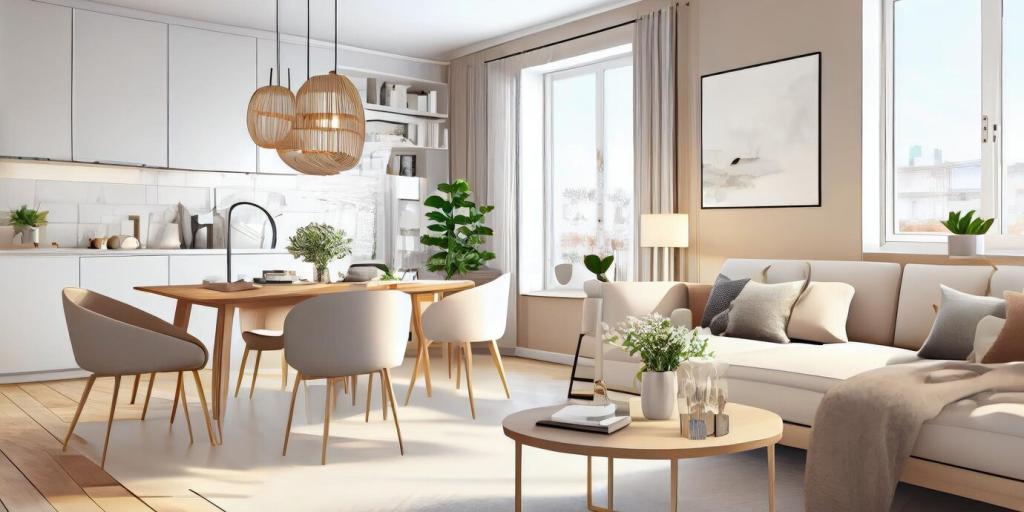
Versatility is a key component of minimalist home design, and multi-functional furniture solutions cater to this need beautifully. Modular sofas, extendable dining tables, or storage ottomans provide flexibility for changing lifestyles without adding clutter. These adaptive pieces support a minimalist ethos by allowing homeowners to make the most of their living areas, seamlessly transitioning between daily routines and entertaining guests.
Curating Art and Accessories
The Power of a Single Statement Piece
Minimalist interiors often feature one standout artwork or sculpture, which serves as a primary visual anchor in the room. Whether it’s a large-scale canvas, an abstract metal sculpture, or a striking photograph, a single statement piece draws the eye and infuses the space with individuality. This strategy highlights the artwork’s beauty by giving it room to breathe and interact with surrounding minimal furnishings, creating balance and intrigue.
Selective Use of Decorative Elements
Rather than covering every surface with trinkets or collectibles, minimalism recommends a more considered approach to accessorizing. This may involve displaying a handful of cherished objects, such as a handcrafted vase or a cherished family heirloom, in carefully arranged groupings. These items tell a story and evoke emotion, offering visual interest without contributing to excess or visual clutter.
Layering with Texture and Material
Introducing different textures through pillows, throws, or ceramics adds subtle depth and warmth to minimalist spaces. Choices like a chunky knit blanket, a stoneware bowl, or a linen cushion enrich the sensory experience while upholding the overall sense of restraint. This thoughtful layering keeps interiors from feeling sterile, proving that even the most minimal spaces can be inviting and full of understated charm.
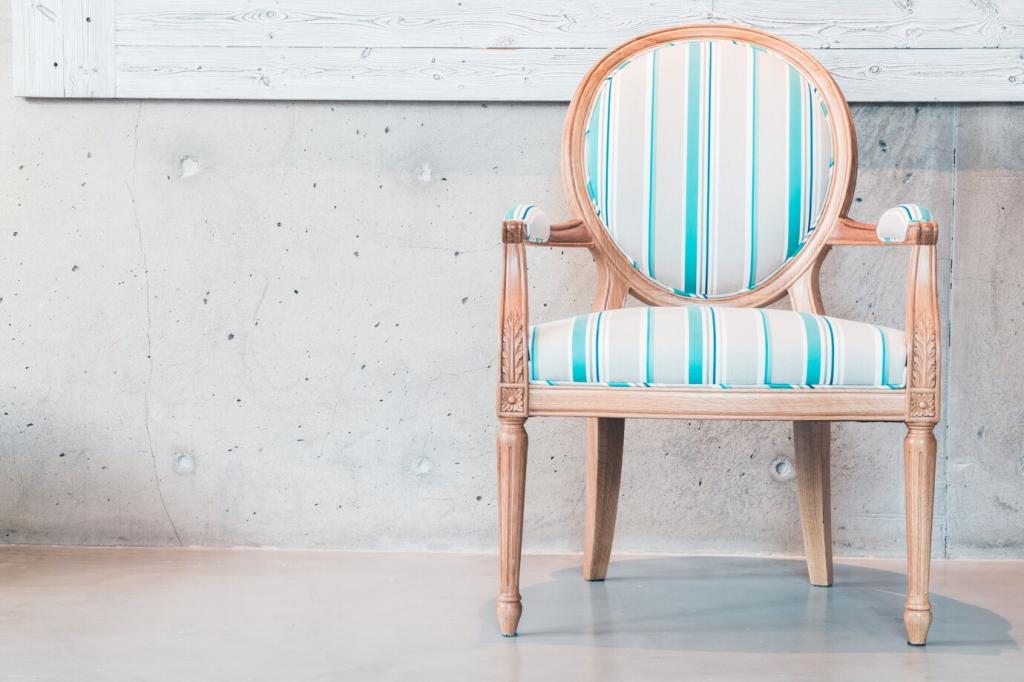
Creating Functional Open Spaces
Fluid Layouts and Traffic Flow
A central tenet of minimalist design is organizing furniture to support clear, unobstructed movement throughout the space. Rather than crowding rooms with extra seating or tables, a minimalist approach thoughtfully considers how people travel within and between different zones. This encourages more organic, user-friendly layouts that adapt to changing needs, from quiet evenings at home to lively gatherings with guests.
Defining Zones with Subtle Cues
In open-plan settings, it’s important to define individual zones for tasks like dining, relaxing, or working without erecting walls. Minimalism employs subtle distinctions such as varying area rugs, lighting changes, or slight shifts in furniture style to mark out each functional area. These gentle transitions imbue the open space with structure and clear intention while maintaining a seamless, airy environment.
The Role of Negative Space
Negative space—the unoccupied areas—becomes a key feature in minimalist design, allowing each piece of furniture or decor to stand out. Far from being empty for its own sake, negative space imparts a feeling of calm and openness, making everyday living more comfortable. This approach transforms even small homes into peaceful retreats where every element feels purposeful and every visual break intentional.
Wood, Stone, and Organic Finishes
Natural materials such as wood, stone, and bamboo are celebrated in minimalist home decor for their texture and warmth. Timber flooring, a marble countertop, or exposed brickwork brings depth to neutral spaces, softening crisp lines and modern profiles. These elements infuse interiors with subtle variety and tactile interest, making each room more inviting without compromising the minimalist essence.
Incorporating Greenery and Plants
Even a single potted plant or a cluster of succulents can make a dramatic difference in a minimalist space. Greenery adds a burst of life and color, improving air quality and fostering a calming atmosphere. The key is to choose simple arrangements—for example, a fiddle-leaf fig in a plain ceramic pot—to complement the pared-back style, ensuring that nature’s touch feels integral, not incidental.
Balancing Organic and Modern Elements
Minimalist interiors thrive when a balance is struck between sleek, modern features and natural finishes. This might mean pairing a streamlined leather sofa with a rough-hewn coffee table or juxtaposing smooth concrete floors with soft, woven rugs. This interplay brings harmony to the space, resulting in interiors that are contemporary, grounded, and beautifully livable.
Storage Solutions and Organization
Built-in shelving, under-bed drawers, and concealed cabinets blend seamlessly into minimalist spaces while keeping belongings out of sight. These discreet solutions maintain the clean lines and tidy appearance central to minimalism, allowing you to store essentials without visual disruption. Thoughtful built-in options can make even small homes feel spacious and ensure that every item is both accessible and unobtrusive.
